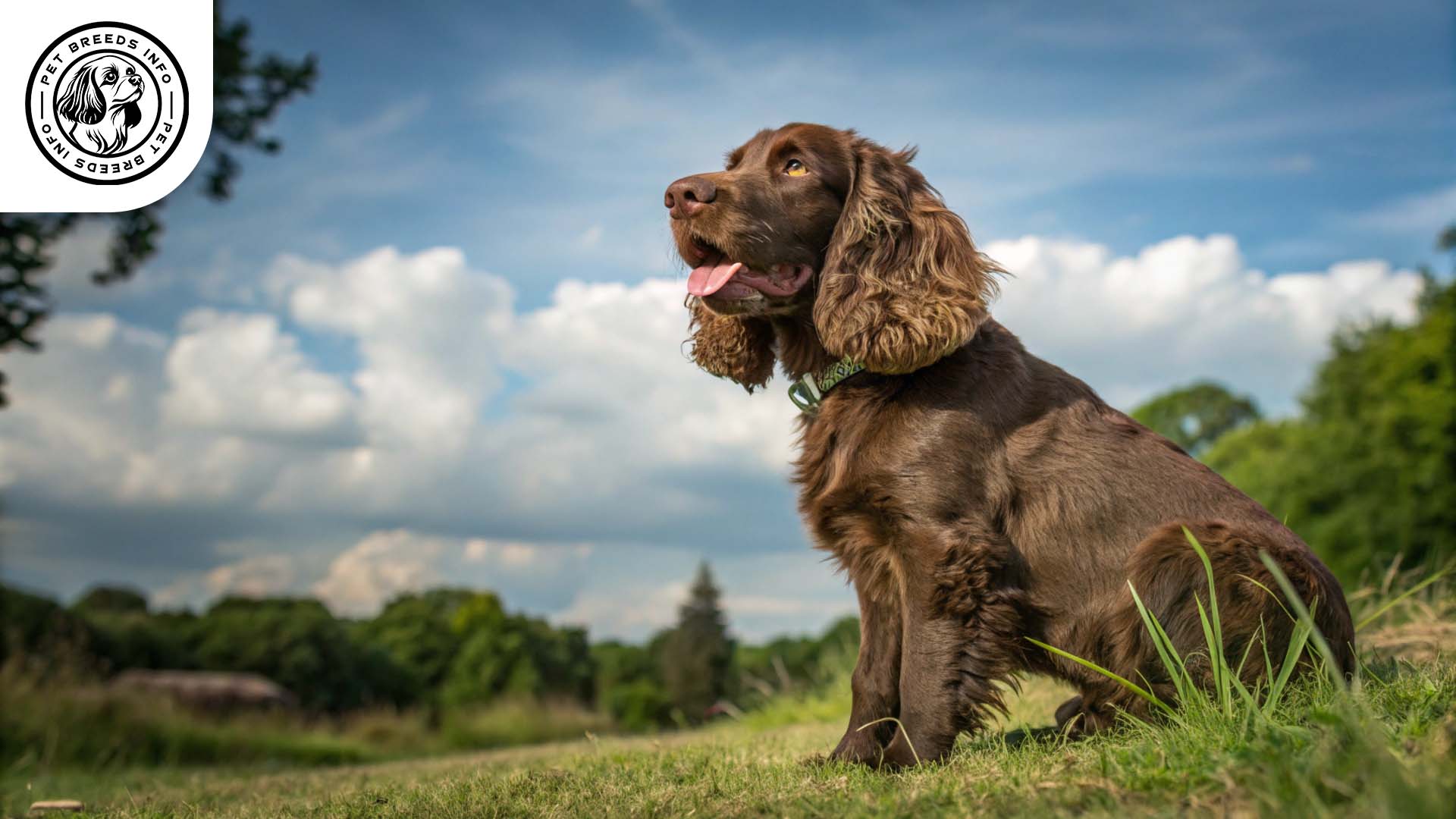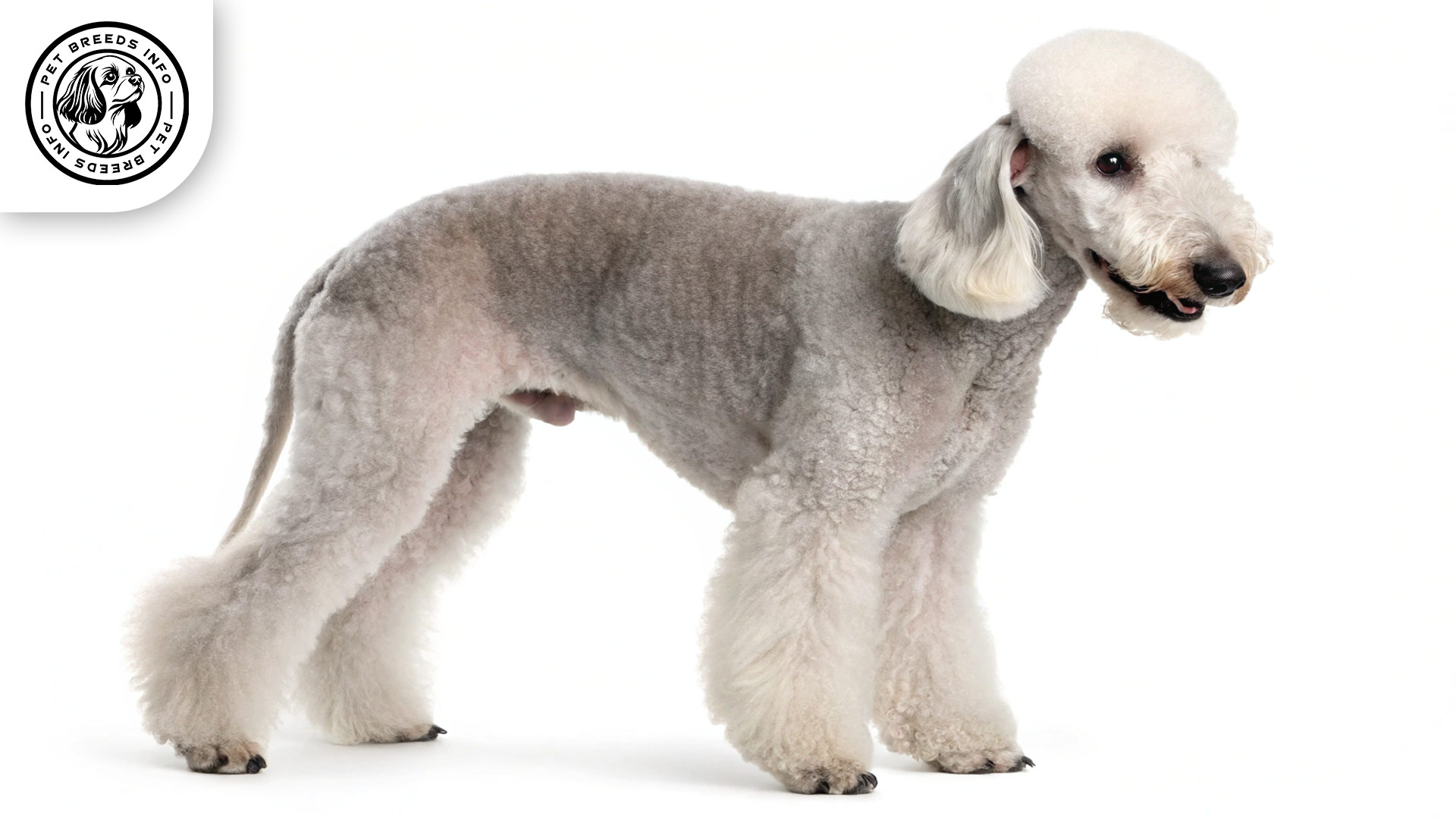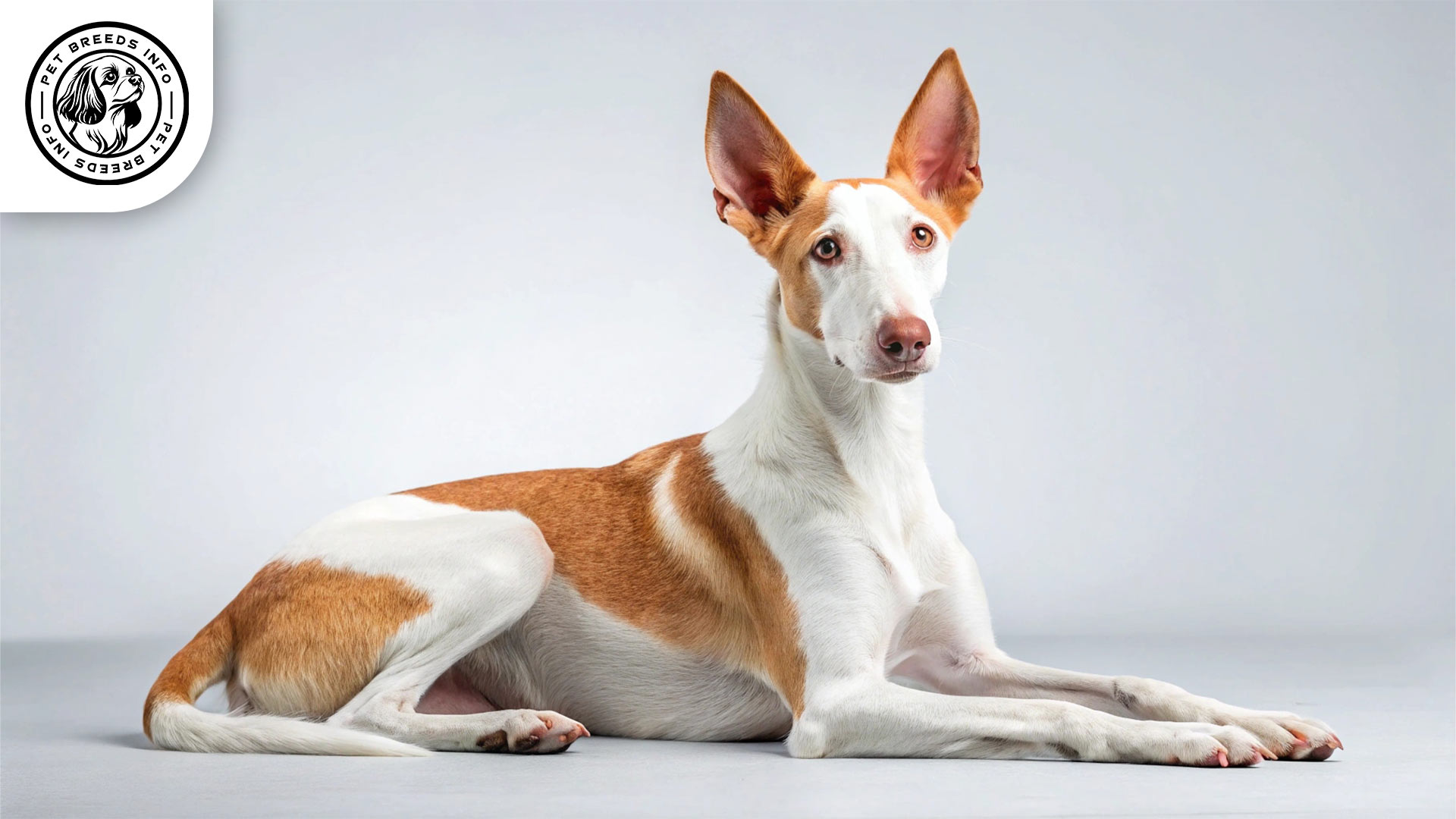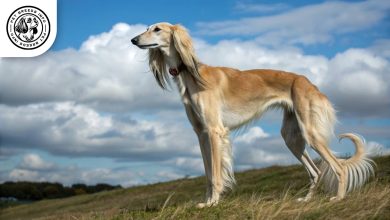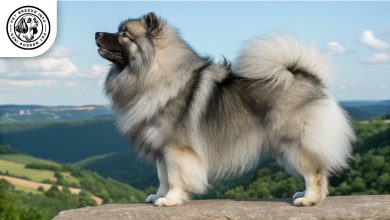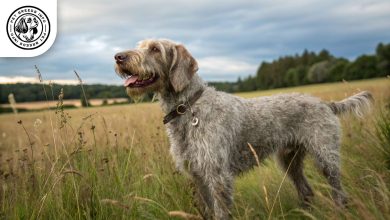Boykin Spaniel Dog Breed : Size, Health, Price & Personality
General Introduction of the Breed
The Boykin Spaniel, also known simply as “Boykin,” originates from the United States, specifically South Carolina. This breed was developed in the early 20th century to be a skilled hunting and retrieving dog. It was bred to be compact, versatile, and excellent at retrieving waterfowl and wild turkeys in swampy terrains.
Table of Contents
| Weight | 25-40 lbs (11-18 kg) |
| Lifespan | 10 to 15 years |
| Diet | High-protein diet; portioned meals for energy maintenance |
| Care | Weekly brushing, ear cleaning, and regular exercise |
| Health | Prone to hip dysplasia, cataracts, and exercise-induced collapse (EIC) |
| Color | Liver or rich brown |
| Nature | Intelligent, affectionate, energetic, and eager to please |
| Price | $800 – $2,000 from breeders; adoption is also an option |
Physical Characteristics
Boykin Spaniels are medium-sized dogs. Males typically stand between 15.5 to 18 inches tall and weigh between 30 to 40 pounds. Females, slightly smaller, measure 14 to 16.5 inches in height and weigh between 25 to 35 pounds.
The breed has a medium-length, wavy to curly coat that is water-resistant. Their coat colors are typically liver or rich brown.
They have warm, expressive eyes that range in shades of brown or amber. Their ears are long and floppy, hanging close to the head. They often have a docked tail, though in some cases, their tail remains natural.
Distinctive traits of this breed include webbed feet, which make them excellent swimmers, and a muscular, athletic build suited for endurance and agility.
Read More: Belgian Malinois Dog
Personality and Temperament
Boykin Spaniels are highly intelligent and eager to learn, making them easy to train. They possess a high energy level and require plenty of daily activity.
This breed is deeply loyal to its owner and forms strong bonds with family members. They are friendly, affectionate, and thrive on human companionship.
Boykins get along well with children and other pets when properly socialized. Due to their hunting instincts, they may have a natural prey drive but are not aggressive.
They are sensitive to their environment and require positive reinforcement and consistency in training. Harsh corrections may negatively impact their temperament.
Care and Maintenance Requirements
Boykin Spaniels need regular exercise, making them best suited for homes with access to a yard or active owners who engage them in outdoor activities. They are not ideal for small apartments unless exercise needs are met.
Their coat requires weekly brushing to prevent matting and reduce shedding. Seasonal shedding occurs, requiring more frequent grooming. Regular ear cleaning is essential to avoid infections.
They are sensitive to extreme heat, and precautions should be taken during hot weather. They adapt well to moderate cold but should not be exposed to harsh winter conditions for long.
Routine hygiene includes occasional baths, regular nail trimming, and dental care to maintain overall health.
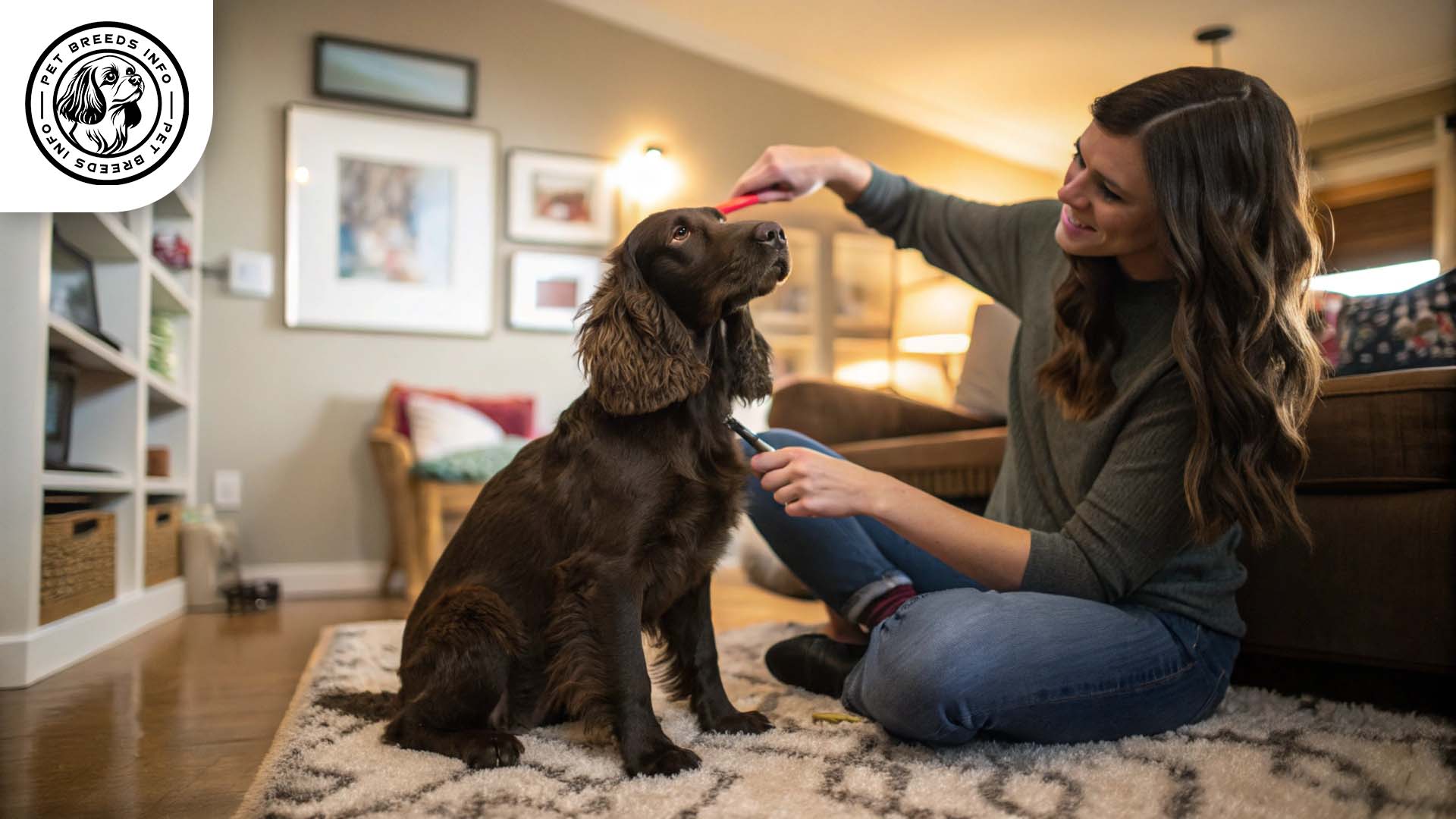
Diet and Nutrition
High-quality dry, wet, or raw food is recommended for a balanced diet. The diet should include protein-rich foods to support their active lifestyle. Portion sizes should be adjusted based on age, weight, and activity level.
Read More: Bichon Frise Dog
Avoid feeding them chocolate, onions, grapes, excessive fatty foods, and artificial additives. They should be fed twice daily for proper digestion and energy maintenance.
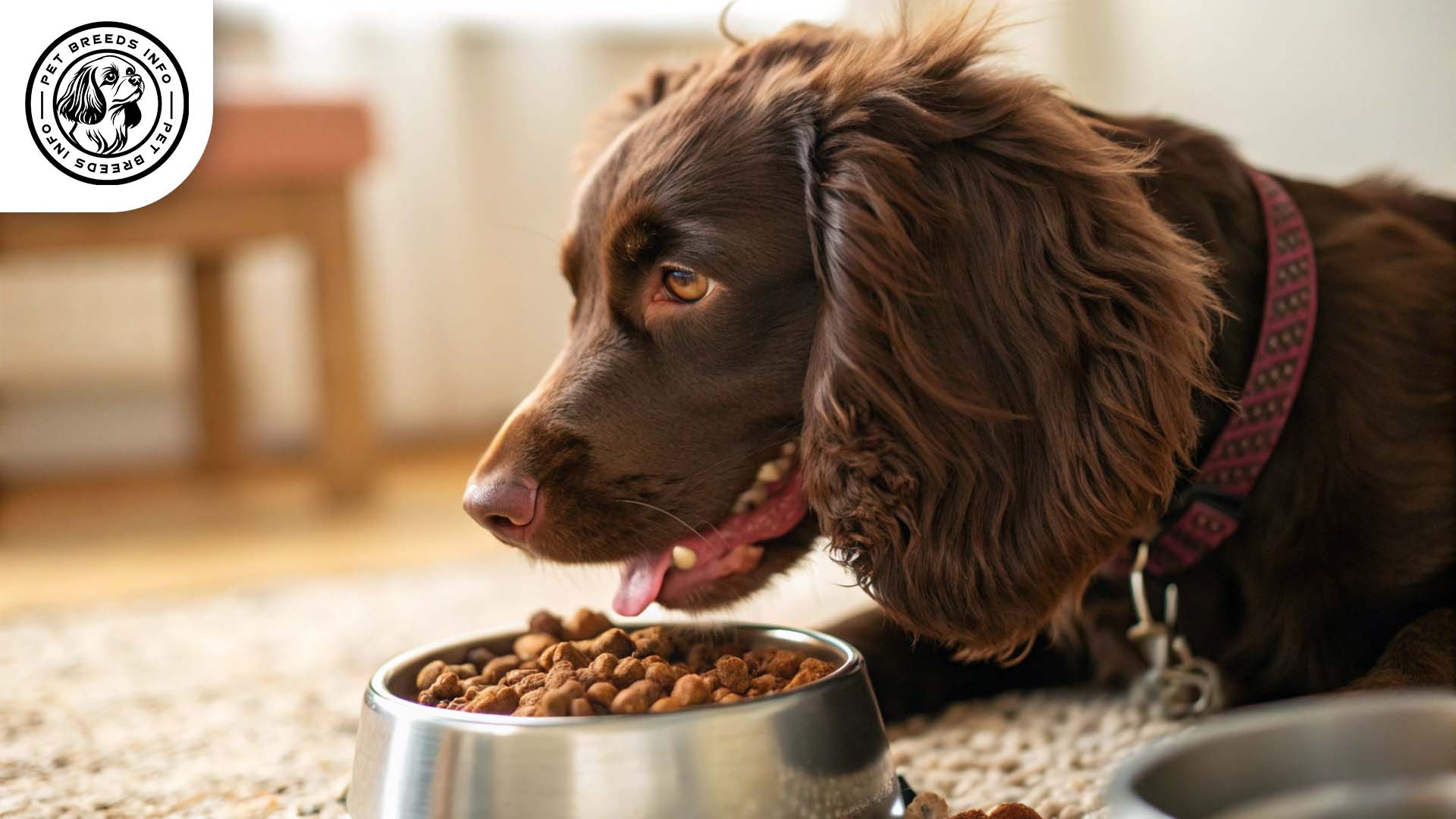
Health and Common Medical Issues
The Boykin Spaniel is prone to several genetic health conditions such as hip dysplasia, eye disorders (such as cataracts), and exercise-induced collapse (EIC). Regular health screenings can help manage these issues effectively.
They have an average lifespan of 10 to 15 years with proper health care. Routine veterinary check-ups, vaccinations, and parasite prevention are crucial for their well-being.
Training and Behavior Management
Boykin Spaniels are highly trainable due to their intelligence and eagerness to please. Early socialization and obedience training are recommended to develop a well-behaved dog.
Positive reinforcement, such as rewards and praise, is the most effective training method. They respond well to consistent and firm, yet gentle, training techniques.
Read More: Bloodhound Dog
Interaction with Other Animals and Humans
Boykin Spaniels are excellent family dogs and enjoy being around children. They are social and can get along well with other pets when introduced properly.
They thrive in family environments but also make great companions for individuals seeking an active and affectionate pet. They are not ideal for owners who leave them alone for extended periods as they crave human interaction.
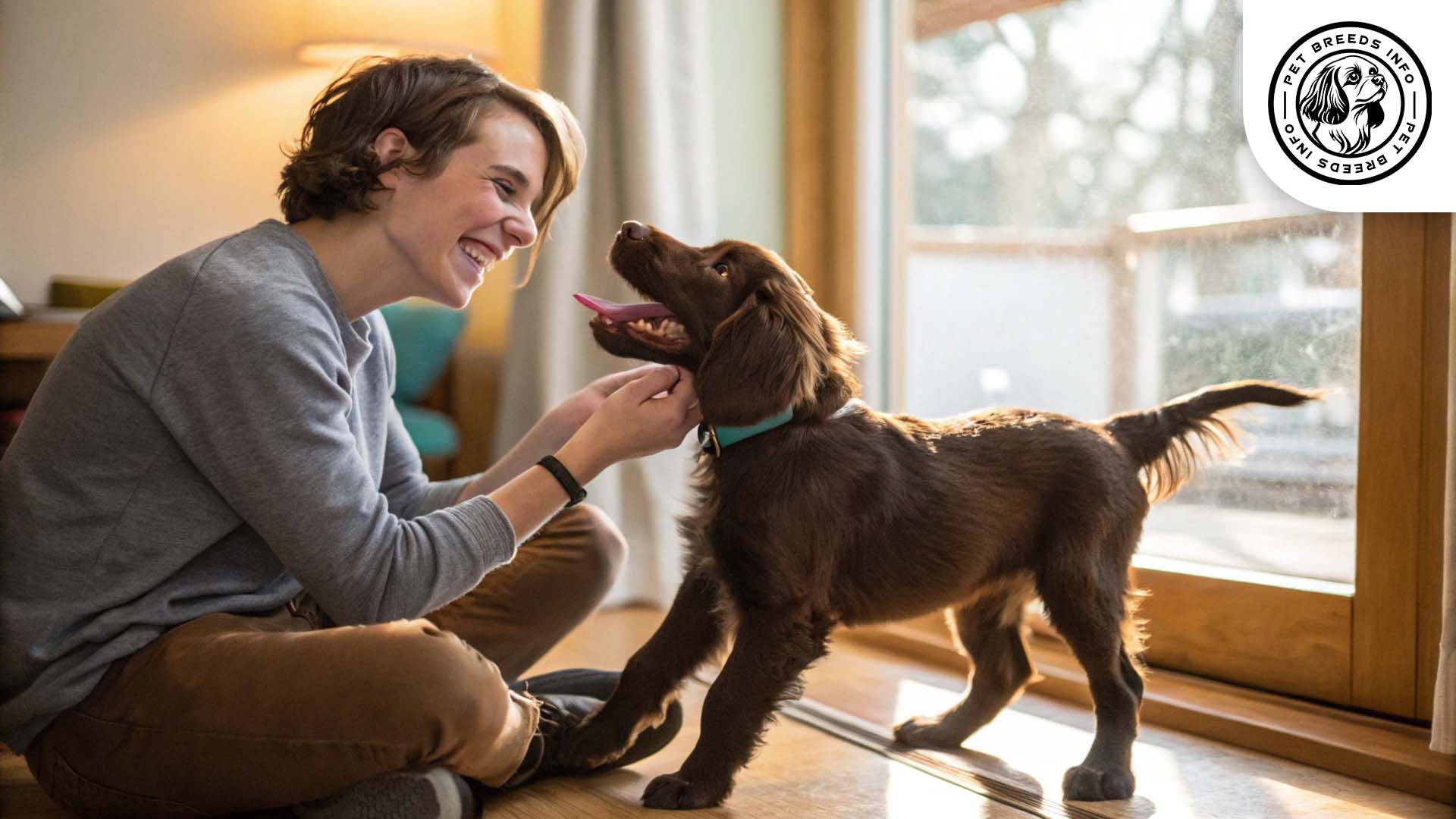
Price and Availability
A Boykin Spaniel typically costs between $800 and $2,000 depending on the breeder, lineage, and location. Adopting from a shelter or rescue group can be a more affordable and ethical option.
When looking for a Boykin Spaniel, it’s best to find reputable breeders or adoption centers that provide health records and proper care for their puppies.
Conclusion and Final Thoughts
The Boykin Spaniel is an intelligent, affectionate, and energetic breed that thrives in active households. They require regular exercise, mental stimulation, and social interaction.
Ideal for families, hunters, and outdoor enthusiasts, they need a home with plenty of space and an owner dedicated to their physical and mental well-being.
Potential owners should consider their commitment to training, exercise, and grooming before bringing a Boykin Spaniel into their home.
FAQ
Are Boykin Spaniels good with families?
Yes, they are affectionate and social, making them excellent family dogs.
Do Boykin Spaniels require a lot of exercise?
Yes, they are energetic dogs that need daily exercise to stay happy and healthy.
Are they easy to train?
Yes, they are intelligent and eager to learn, responding well to positive reinforcement.
Do they get along with other pets?
Generally, yes. Early socialization helps them coexist peacefully with other animals.
Are Boykin Spaniels good for apartment living?
They do best in homes with yards, but can adapt if given sufficient exercise.
